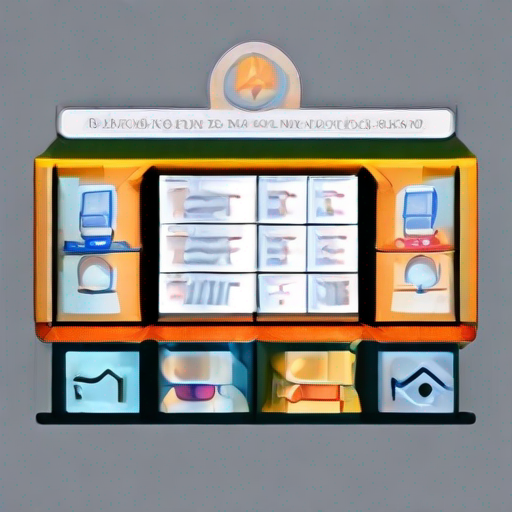80 Ways to Use ChatGPT in the Classroom: Strategies and Techniques for Educators
The rise of AI-powered tools like ChatGPT has revolutionized the way educators approach teaching and learning. As a versatile tool, ChatGPT offers a vast array of applications that can enhance student engagement, improve learning outcomes, and streamline instructional design. In this article, we'll explore 80 ways to use ChatGPT in the classroom, covering topics such as language learning, creative writing, and educational research.
Why Use ChatGPT in the Classroom?
Before diving into the various applications of ChatGPT, let's highlight its benefits:
- Personalized learning: ChatGPT can assist teachers in creating customized lesson plans, quizzes, and assignments tailored to individual students' needs.
- Efficient grading: The AI tool can help automate grading, freeing up instructors to focus on more important tasks.
- Enhanced creativity: ChatGPT's ability to generate ideas and stimulate creative thinking can inspire students to explore new topics and approaches.
Language Learning
- Conversational practice: Use ChatGPT as a language exchange partner for students to practice speaking and listening skills.
- Vocabulary building: The AI tool can provide definitions, synonyms, and antonyms for vocabulary words, helping students expand their linguistic repertoire.
- Writing prompts: Generate ideas and topics for writing assignments, such as essay questions or creative short stories.
Creative Writing
- Idea generation: Use ChatGPT to stimulate creativity by generating plot twists, character profiles, or setting descriptions.
- Character development: Assist students in crafting complex characters by providing information on personality traits, motivations, and backstories.
- Storytelling exercises: Generate prompts for creative writing exercises, such as flash fiction or poetry.
Educational Research
- Research assistance: Use ChatGPT to help students find reliable sources, generate research questions, and organize notes.
- Literature reviews: The AI tool can assist in summarizing articles, identifying key findings, and highlighting relevant research gaps.
- Hypothesis testing: Generate testable hypotheses for students to investigate, fostering critical thinking and problem-solving skills.
Assessment and Feedback
- Quiz generation: Create quizzes with ChatGPT's help, ensuring coverage of key concepts and providing instant feedback.
- Grading assistance: Automate grading for written assignments, freeing up instructors to focus on more subjective evaluations.
- Peer review: Facilitate peer-to-peer feedback by generating discussion prompts and summarizing student responses.
Curriculum Development
- Course outline creation: Use ChatGPT to generate course outlines, including learning objectives, topics, and assessment strategies.
- Lesson planning: The AI tool can assist in creating lesson plans, incorporating activities, and suggesting assessments.
- Content development: Generate educational content, such as videos, podcasts, or interactive modules.
Table: 80 Ways to Use ChatGPT in the Classroom
| Category | Application | Examples |
|---|---|---|
| Language Learning | Conversational practice | Fluency exercises, vocabulary building |
| Creative Writing | Idea generation | Plot twists, character profiles |
| Educational Research | Research assistance | Finding sources, generating research questions |
| Assessment and Feedback | Quiz generation | Instant feedback, grading assistance |
| Curriculum Development | Course outline creation | Learning objectives, topics, assessment strategies |
| ... | ... | ... |
Key Takeaways
- Explore beyond language learning: ChatGPT's capabilities extend far beyond language instruction, offering opportunities for creative writing, educational research, and curriculum development.
- Collaborate with students: Use ChatGPT as a tool to engage students in the learning process, encouraging collaboration and creative problem-solving.
- Emphasize critical thinking: Leverage ChatGPT's abilities to develop students' critical thinking skills by providing opportunities for analysis, evaluation, and creation.
Check this out: For more information on how to integrate ChatGPT into your teaching practices, visit https://keywordjuice.com/.
By incorporating these 80 ways to use ChatGPT in the classroom, educators can revolutionize their instructional design, enhance student engagement, and promote deeper learning. Remember to emphasize critical thinking, collaboration, and creativity as you explore the vast potential of this AI-powered tool.
